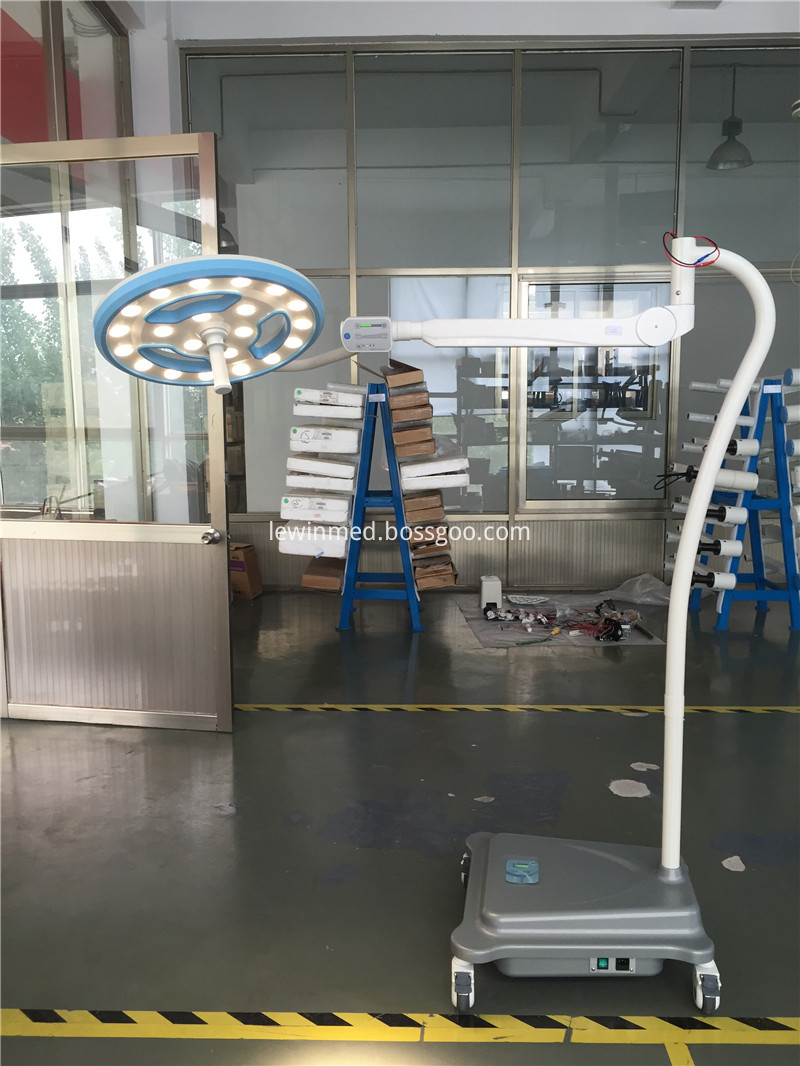Mechanized straw returning technology involves using machinery to process crop stalks (with a moisture content of 65%-75%) in the field, typically through hoe plowing. This method directly or indirectly converts the stalks into organic fertilizer, promoting the scientific use of agricultural waste. After implementing this technique for 2-3 consecutive years, soil organic matter can increase by 0.06%-0.10%, available potassium by 25%-30%, and nitrogen by 1.06%-1.15%. The soil’s drought resistance improves significantly, and wheat yields can rise by 5%-12%.
The mechanization of root removal in fields involves using rotary cultivators to break down corn roots and return them to the soil. This process makes it easier for turning and sowing while improving soil fertility, equivalent to applying about 1.3 tons of high-quality farm manure per acre. Field tests in Jilin Yitong County showed that this technique also benefits wheat plots, increasing yield by 382.5 kg per mu with an average rise of 5.02%. Manual labor would require multiple operations, costing around 10-15 yuan per mu.
Mechanical deep plowing uses small and medium tractors to till the land, but their depth is limited to 15-20 cm. Over time, this can lead to compacted layers called "plow pans." To avoid this, deep plowing (more than 25 cm) should be done every 2-3 years. Deep plowing enhances the soil's living layer, promotes root growth, increases nutrient absorption, and improves soil structure. It also reduces runoff, pests, and diseases, and boosts water retention and fertility. Studies show that deep plowing can raise soil moisture by 4%-6% and increase grain yield by 7.8%-19.5%.
Mechanical fertilizer deep application technology involves placing chemical fertilizers in the optimal underground areas for crop uptake during sowing or mid-season. Two common methods include attaching a fertilizer applicator to the plow or integrating a fertilizer tank and trenching device on the seeder. This approach ensures better fertilizer efficiency, prevents volatilization and leaching, and can increase wheat yield by 30-45 kg per mu, boosting production by at least 10%.
Formula fertilization technology begins with soil testing to determine nutrient levels such as organic matter, density, and porosity. Based on these results, appropriate fertilizers are applied according to crop needs. For wheat, a typical ratio is 1:0.6:0.25 for nitrogen, phosphate, and potash, with 4,000-5,000 kg of organic fertilizer, 50-70 kg of nitrogen, 40-50 kg of phosphate, and 10-15 kg of potash per acre.
Fertilizer seed soaking involves dissolving a specific amount of fertilizer in water and soaking wheat seeds for a set period. This practice enhances root development, tillering, and spike formation. Suitable fertilizers include 1% urea, 0.1% diammonium phosphate, and 3% superphosphate. Soaking time should not exceed 12 hours to avoid damaging the seeds. In dry conditions, this technique should be avoided to prevent sprouting issues.
Variety mixing techniques involve planting different wheat varieties in the same field. This strategy combines the strengths of each variety, compensates for weaknesses, and improves biodiversity, leading to higher and more stable yields. Key considerations include choosing compatible varieties, ensuring differences in plant height, and adjusting proportions based on local conditions. Mixing can increase wheat yield by 5%-10%.
East-west planting of wheat has been shown to produce 5%-10% more than north-south rows. This is due to the Earth’s magnetic field influencing root growth direction, which allows for better light exposure, improved nutrient uptake, and stronger plant structures. Similar benefits have been observed in crops like corn, soybeans, and tomatoes.
Wide-narrow row sowing involves alternating wide and narrow rows, which enhances ventilation, light penetration, and photosynthesis. This technique can boost wheat yield by 10%-16.4% and improve disease management and COâ‚‚ utilization, contributing to higher productivity.
Magnetized seed technology enhances seed vitality, resulting in faster germination, stronger root systems, and better resistance to lodging and disease. Trials show that this method increases wheat yield by 10%-12%, corn by 12%-15%, soybeans by 18%, and peanuts by 22%-25%.
Fine wheat seeding focuses on controlled sowing under optimal soil and water conditions. By reducing seed density, individual plants receive better nutrition, leading to higher yields. Mechanical sowing at rates of 105-150 kg per hectare can increase production by 5%-10%.
Irrigation with calcium addition improves root health and soil structure by preventing aggregate destruction. This technique is particularly beneficial for low-calcium soils and those lacking organic matter.
Leaf spraying with titanium solutions during the jointing and heading stages of wheat enhances nitrogen uptake and grain filling, increasing yield by 5%-7%.
Hollow Mobile OT Lamp
Hollow type Creled 5500M mobile led operating light. The service life of LED shadowless lamp is long (50,000h), far longer than that of traditional tungsten halogen lamp (1,500h), and it is over twenty times of the service life of energy saving lamp. Mobile LED Operating Lamp no welding titanium alloy arm and the streamline-designed lamp cap better meet the design requirements of modern clean laminar flow operation rooms. Its fashionable appearance provides a new attraction for hospital operation rooms.Mobile LED Operating Lamp with real "cold" light source: Using LED as the light source. No worry about the heat of operation area and head.

Hollow Mobile OT Lamp,Battery OT LED Light,Dental Operating LED Light,Mobile Surgery Room Light
Shandong Lewin Medical Equipment Co., Ltd. , https://www.lewinmed.com
